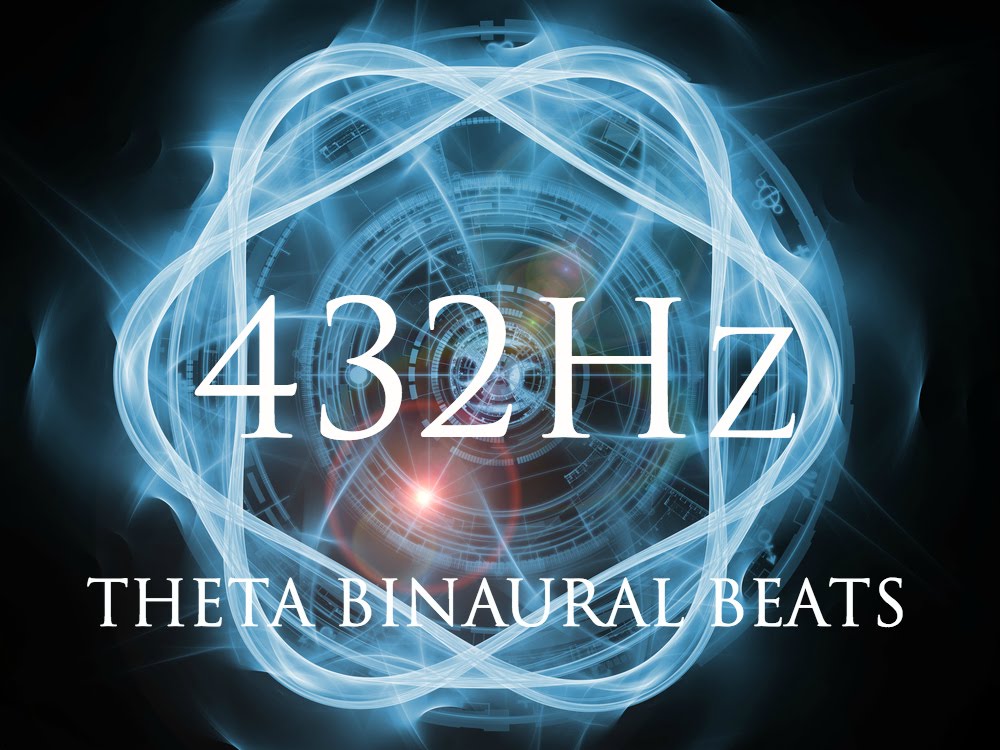

BINAURAL BEAT PROFESSIONAL
If undergoing medical therapies, then consult with your respective Therapist or Health Care Professional about possible interactions between your Treatment, any Pharmaceuticals or Drugs being given, and possible nutritional supplements or practices hosted on .Į does not assume liability for any actions undertaken after visiting these pages, and does not assume liability if one misuses supplements. If using any pharmaceuticals or drugs given to you by a doctor or received with a prescription, you must consult with the doctor in question or an equally qualified Health Care Professional prior to using any nutritional supplementation. and its Editors do not advocate nutritional supplementation over proper medical advice or treatment and this sentiment will never be expressed through pages hosted under. A number of binaural beat generators can be found on the internet.Į is intended to be used for educational and information purposes only. To use binaural beats, tune them to the frequency of a desired brainwave and listen using headphones. Also, older individuals may not respond to binaural beats as effectively as younger individuals, especially at higher frequencies. For example, individuals who experienced aphasia after a severe cerebrovascular accident (stroke) did not show any response to binaural beats. Note: Certain types of brain damage can impair an individual's ability to hear binaural beats.

Gamma (32–100 Hz) – Learning, problem solving Lower-frequency beats may make memory worse acutely, by producing neural states that are incompatible with encoding information.īecause binaural beats require a unique sound played into each ear, headphones should be used.Ī number of binaural beat generators are available, most of which offer the option to set a base frequency (often between 200 and 400 Hz) followed by a binaural frequency, the former being the average frequency between each of the tones played in each ear and the latter being the difference between the two frequencies.īinaural frequencies are often set to match certain brainwave frequencies, depending on the desired effect: Īlpha (8–13 Hz) – Moderate alertness, meditation, recallīeta (15–20 Hz) – Focus, sustained thought, excitement

Lower-frequency binaural beats in the delta, theta, and alpha ranges seem to produce relaxation and pain reduction, and higher frequency beats in the beta and gamma range may be able to improve memory. While binaural beats have been investigated for a variety of outcomes, the best evidence lies in their effects on memory, relaxation, and pain. Developing adequate controls is difficult with a treatment like this, which is worth keeping in mind. Broadly speaking, binaural beats seem to have modest to strong effects on sleep, memory, attention, mood, and pain.Ī quick note about the studies: the “control” groups vary considerably, and include silence, white noise, music, and sham sounds. What are the purported benefits of binaural beats?Īlthough binaural beats have been studied in diseases such as Parkinson’s, cardiovascular disease, and tinnitus, the bulk of the research has been dedicated to improving sleep, cognitive factors, and pain. Binaural beats are an auditory illusion produced by playing two slightly different tones into each ear, and are tuned to the frequency of certain brainwaves to produce a desired effect. For example, an individual may have a 240 Hz tone played in one ear and a 245 Hz tone played in the other, which will produce the illusion of a third 5 Hz tone. A monaural beat is formed when these tones are combined before they are played through a speaker, whereas a binaural beat is formed when each tone is played separately into each ear, producing a perceived third tone that is equal to the difference between the two base tones. The beats are formed by playing two tones with slightly different frequencies in unison.

They can probably alter the abundance of certain brainwaves, which may improve or alter mental states to make users better at memorization, paying attention, or relaxing. Binaural beats are a form of “auditory beat stimulation”, which includes both monaural and binaural beats.


 0 kommentar(er)
0 kommentar(er)
